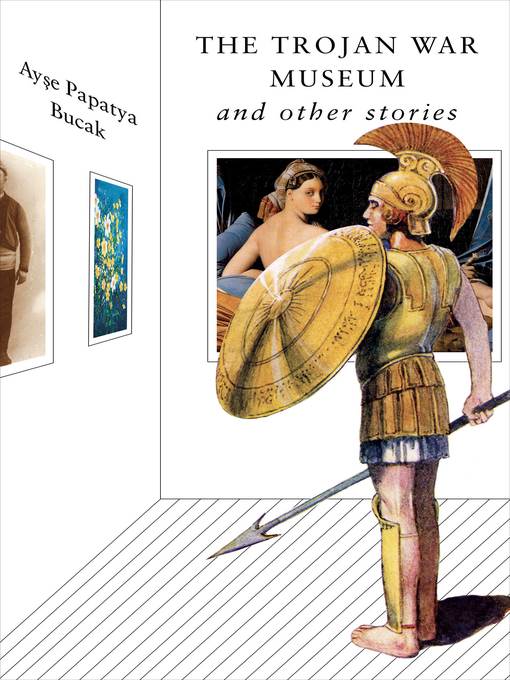
The Trojan War Museum
and Other Stories
کتاب های مرتبط
- اطلاعات
- نقد و بررسی
- دیدگاه کاربران
نقد و بررسی

Starred review from June 3, 2019
The 10 stories in Bucak’s beguiling debut play with traditional narrative forms and explore the author’s Turkish roots. In “The History of Girls,” told in the plural “we,” a group of girls trapped in the rubble of a school explosion from a blown gas line are visited by the ghosts of their dead classmates. “An Ottoman Arabesque” tells the story of 19th-century Ottoman ambassador Khalil Bey via observations on his assortment of erotic artwork, while the collection’s title story spans centuries as Apollo wanders the Earth, visiting different Trojan War museums and ruminating on the traumas of battle. In “Mysteries of the Mountain South,” the story of a recent college grad caring for her dying grandmother is enhanced with the epistolary elements of blog posts. “A Cautionary Tale” breaks the fourth wall, telling the story of a Turkish wrestler and then using the story to interrogate an unnamed character on the story’s validity. “The Dead,” about a sponge magnate’s encounter with a survivor of the Armenian genocide, includes birth and death dates for each major character. The author astutely deploys a range of styles and techniques that create a cerebral, multifarious collection. Bucak’s remarkable, inventive, and humane debut marks her as a writer to watch.

August 15, 2019
If these 10 short stories took a DNA test, they'd find out they were part myth, part postmodern tale, part encyclopedia entry, part Donald Barthelme. Repeated elements of Bucak's debut collection include sideshows and exhibitions; survivors of bombings and genocide; characters known as the Turk, the Terrible Turk, and the Turkish Girl; fourth-wall-breaking addresses to the reader--"I know what she said. But I will not tell you. This is your story, not mine." There are real people you might not have known about as well as other people who seem real but are made up. Khalil Bey, a diplomat who helped end the Crimean War, also "the world's most notorious collector of the world's most notorious collection of erotic art," is the main character of "An Ottoman's Arabesque." Both he and the masterpieces by Courbet and Ingres that he owned are real. A story called "The Dead," set in Key West, about the annual birthday party thrown by his wife for Edward J. Arapian "a.k.a. The Sponge King" --real people--features an invented character named Anahid Restrepian, a young woman who wrote a book and starred in a popular movie about surviving the Armenian Atrocities. The Starving Girl, a college student from Turkey who stages a hunger strike in a story called "Iconography," is so fictional that her story offers about a dozen different possible endings. "What do we need to do to make you eat?" the university president and her roommates beg to know. "Change everything," she says. A favorite is "Mysteries of the Mountain South," in which a recent college graduate detours to "Appa-latch-ia" to take care of her dying grandmother. She ends up falling in love with a young black mortician, a blogger like her, and learning that her own DNA includes Melungeon, a part-black and part-white racial designation which does in fact have a Wikipedia entry. "Edie and Michael would marry one day. They have to, don't you think?" Cerebral yet high-spirited.
COPYRIGHT(2019) Kirkus Reviews, ALL RIGHTS RESERVED.

























دیدگاه کاربران